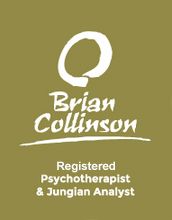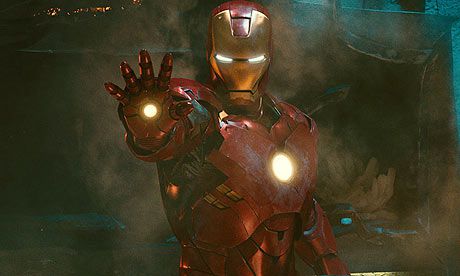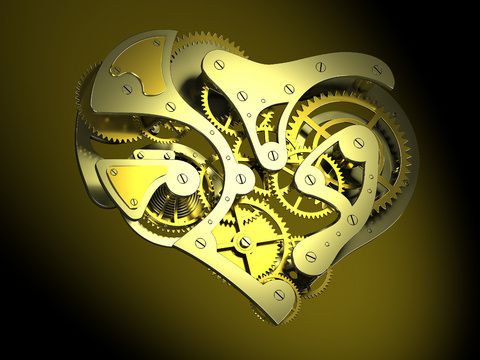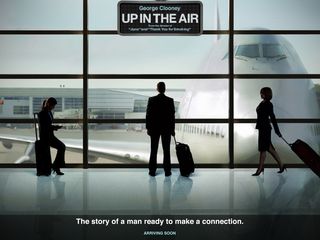
Let’s Keep Jung’s Red Book Away from Spiritual Hucksterism
Jung's Red Book, which I wrote about in an earlier post, has created quite a stir in certain circles, and has been very well popularized. It has had quite an impact in cultural and literary circles, and has gained a lot of attention in the…









